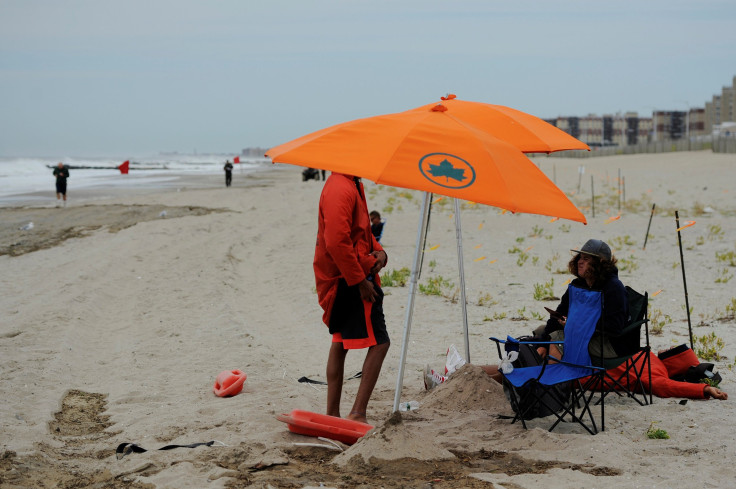Labor Day Trivia Facts 2017: 9 Fun Things To Know

Everybody is gearing up around the country to celebrate Labor Day with many planning to go on a picnic, barbecues, road trips and other events. But, do you know exactly why it's celebrated?
While it signifies the unofficial ending of the summer season, the day is attached to historical events which gave way to Labor Day becoming a national holiday.
Labor Day is celebrated on the first Monday of September. It dates back to September 1882 when the unions of New York City decided to show support for all unions and hence organized a parade with at least 20,000 participants. At the time, all the workers had to give up a day's pay to attend it, according to National Constitution Center.
Inspired by the New York parade, other regions also started having their own parades and by 1887, Oregon, Massachusetts, New York, New Jersey, and Colorado made Labor Day a state holiday.
Labor Day honors the social and economic achievements of American workers; the day is when an annual national tribute is paid to all the hardwork of workers.
It remains uncertain as to who actually founded the holiday. Some records show Peter J. McGuire, general secretary of the Brotherhood of Carpenters and Joiners and a cofounder of the American Federation of Labor, was the mastermind behind the Labor Day. McGuire wanted a day to honor those "who from rude nature have delved and carved all the grandeur we behold," according to U.S. Department of Labor website.
However, there are some who believe that Matthew Maguire, a machinist, was the founder of the holiday. Some of the recent researches indicated that Maguire proposed the holiday in 1882 while serving as secretary of the Central Labor Union in New York, the website said.
Here are nine fun things about the day.
1. Oregon was the first state to make the day a holiday in 1887.
2. In the late 1800s, average Americans worked for 12 hours a day and seven days a week to earn a basic living. Children as young as five to six years old also worked in factories and mines.
3. In the late Victorian era, people did not wear white or seersucker clothes after Labor Day as it unofficially marked summer end. However, this tradition isn't really followed anymore, according to National Constitution Center.
4. It's on or around the Labor Day when the football season starts and many teams play their first game of the year during the Labor Day weekend, Forbes reported.
5. Labor Day is also the unofficial end of Hot Dog season. Hot Dogs are consumed the most often between Memorial Day and Labor Day, according to the National Hot Dog and Sausage Council.
6. Labor Day weekend is one of the busiest weekends to travel. Last year, more than 35.5 million people took a road trip, according to AAA.
7. The first week of September was chosen for Labor Day as it is between the 4th of July and Thanksgiving.
8. Labor Day is also seen as the unofficial last day of vacation before the beginning of a new session.
9. The number of people aged 16 and above in the nation’s labor force as of May 2017 is 159.8 million, according to United States Census Bureau.
© Copyright IBTimes 2025. All rights reserved.






















